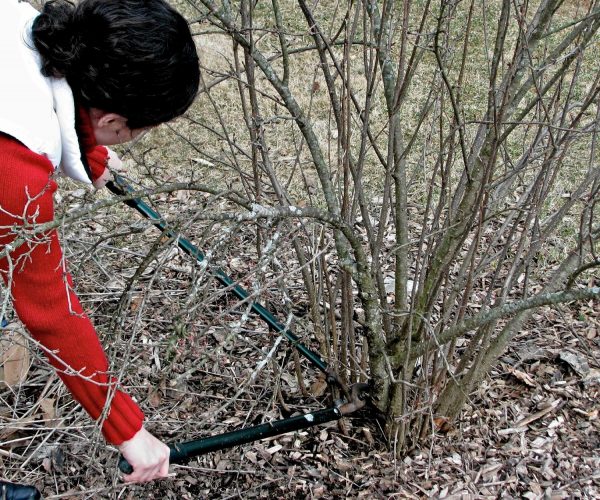
Master Gardener Volunteers
Pruning is the removal of selective parts of the plant to improve the entire plant.
Reasons for pruning are extensive:
For the health of the plant
For reducing the size of the plant
For opening the plant for needed air flow
For opening the plant to needed light
To create a form for a particular shape
To train young plants to create the natural form
The tool to use depends on the pruning technique and the size of the pruning cut. Most important, the pruning needs to be a clean-straight cut. There are many tools at many stores to select for all projects. The tools used should be comfortable for the user.
Types of cuts:
The thinning cut — allows the airflow through the plant is thorough removing of the water sprouts or suckers that are usually no use to the tree;
The heading cut – basically shortening the branch. The heading cut removes the tip where the hormone auxins are produced. When the tip of the branch is removed, along with the hormones auxins, the lower buds on the branch or trunk will stimulate branches to grow which are called the water sprouts or suckers;
The severe cut — for a neglected tree that needs better form or when high winds do damage and the jagged edges need to be cleaned up.
There is also a type of pruning called topiary, espalier and pollarding. Topiaries can be in a formal shearing shape of the plant, espalier are branches in the same plane possibly use as a screen and pollarding is formal in appearance keeping a large tree in a small place.
Pollarding is the pruning of upper branches of a tree, promoting a dense head of foliage and branches. The topiaries, espalier and pollarding need to be pruned every year and most often, pruning takes place several times during the year.
The time of year for the pruning depends on what the final outcome is desired. Remedial pruning to remove dead, diseased or broken limbs can be done at any time of the year.
The rate at which healing takes place should be considered. Plants are stimulated to produce unwanted suckering by winter or early spring pruning than by late spring or summer pruning. So, if you do not want the suckering as much to occur, prune in the summer.
Plants that flower on the current season’s wood can be pruned before the onset of spring growth.
Plants that bloom on the previous season’s wood should be pruned after the blooming cycle.
Dressing of the wounds was once a practice; however, research shows that the best dressing for the plant is to let the plant heal itself. After pruning your plant, your plant will adjust naturally. You can continue to water thoroughly, only if needed.
For more information, go online to cceoneida.com or call our the horticulture hotline at 315-736-3394 between 9 a.m. and noon on Wednesday and Friday.
Happy new year!